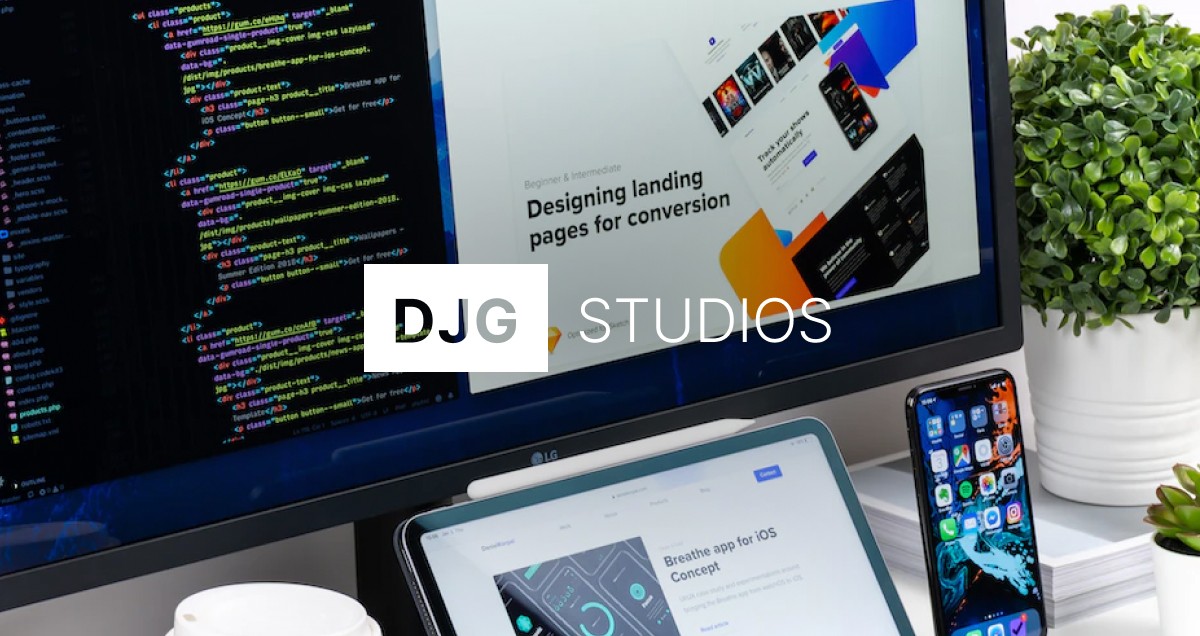Framer vs. Webflow vs. Shopify: Which One is Best for Your Business?

In today’s digital landscape, having the right platform for your website or online store is crucial. Whether you're building a landing page, portfolio, business website, or e-commerce store, choosing between Framer, Webflow, and Shopify can be overwhelming.
Each platform has unique strengths, and the best choice depends on your business needs, technical skills, and scalability goals. In this guide, we’ll break down the differences to help you make an informed decision.
Framer: The Ultimate No-Code Design Tool for Creatives
Best For: Startups, Agencies, Designers, and Landing Pages
Framer is a low-code/no-code web design tool that allows designers to build stunning, interactive websites without writing extensive code. Originally built for prototyping, Framer has evolved into a powerful website builder with animation-rich experiences.
Pros of Framer
Fast and Visual Development – Drag-and-drop builder with real-time design updates.
Smooth Animations & Micro-Interactions – Ideal for modern, interactive web experiences.
No Coding Required – Perfect for designers who want control without relying on developers.
SEO-Optimized – Built-in tools to improve search visibility.
Fast Hosting & Performance – Framer sites are highly optimized for speed.
Cons of Framer
Limited E-Commerce Features – Not ideal for full-scale online stores.
Less Customization for Developers – While it supports some code, it’s not as flexible as Webflow or Shopify.
Subscription-Based – Paid plans can get expensive for business use.
Who Should Use Framer?
Businesses that need high-quality landing pages, portfolios, or marketing sites with modern animations.
Agencies and startups that prioritize speed and aesthetics over deep customization.
Webflow: The Best for Customizable Websites Without Full Coding
Best For: Businesses, Startups, Agencies, and Advanced Web Designers
Webflow is a powerful no-code platform that combines a visual design tool with a flexible CMS (Content Management System). It allows users to create custom websites without limitations while still offering developer-level control.
Pros of Webflow
Full Creative Control – Design exactly how you want with pixel-perfect layouts.
Built-in CMS – Great for blogs, business websites, and portfolios.
Code Export & Customization – Developers can add custom JavaScript and CSS.
E-Commerce Capabilities – Webflow has an integrated e-commerce system.
SEO & Speed Optimized – Customizable meta tags, clean code, and fast hosting.
Cons of Webflow
Learning Curve – More complex than Framer for beginners.
Not as Scalable for Large E-Commerce – Webflow’s e-commerce features are still less advanced than Shopify’s.
Pricing – More expensive than traditional website builders.
Who Should Use Webflow?
Businesses that need a fully custom website with advanced design & CMS capabilities.
Agencies and web designers looking for no-code flexibility with developer-level customization.
Shopify: The King of E-Commerce
Best For: E-Commerce Businesses, Online Stores, and Dropshipping
When it comes to online selling, Shopify is the industry leader. Unlike Framer or Webflow, Shopify is built specifically for e-commerce, offering seamless store management, payment processing, and advanced sales tools.
Pros of Shopify
Best for E-Commerce – Comes with everything you need to sell online.
Multiple Payment Options – Supports credit cards, PayPal, Stripe, and more.
Extensive App Marketplace – Expand functionality with thousands of integrations.
SEO & Mobile Optimization – Shopify sites are built for speed and searchability.
Scalability – From small stores to enterprise-level businesses.
Cons of Shopify
Less Design Flexibility – Shopify themes are customizable but not as flexible as Webflow or Framer.
Monthly Fees + Transaction Costs – Shopify charges subscription fees plus transaction fees unless you use Shopify Payments.
Limited CMS for Content-Heavy Sites – Not ideal for non-e-commerce businesses that need complex blogs or portfolios.
Who Should Use Shopify?
Entrepreneurs and businesses looking to sell products online with an all-in-one e-commerce solution.
Brands that need robust e-commerce features with scalability and security.
Framer vs. Webflow vs. Shopify: Side-by-Side Comparison

Which One Should You Choose?
Choose Framer If:
You need a beautiful landing page, portfolio, or startup site.
You want fast, no-code design with animations.
You don’t need complex e-commerce.
Choose Webflow If:
You want full control over your website’s design & CMS.
You need a custom business website with advanced layouts.
You want some e-commerce features, but selling is not your main focus.
Choose Shopify If:
You’re launching an e-commerce business or online store.
You need powerful tools for inventory, sales, and payments.
You want scalability and security for long-term growth.
Final Thoughts: Which One is Right for You?
If you’re a designer looking for a visually stunning site, go with Framer.
If you need a fully custom, flexible business website, Webflow is your best bet.
If you’re an e-commerce entrepreneur, Shopify is the clear winner.
At Devignify Studio, we help businesses choose the right platform, build high-converting websites, and optimize for growth.
Published on
March 13, 2025

